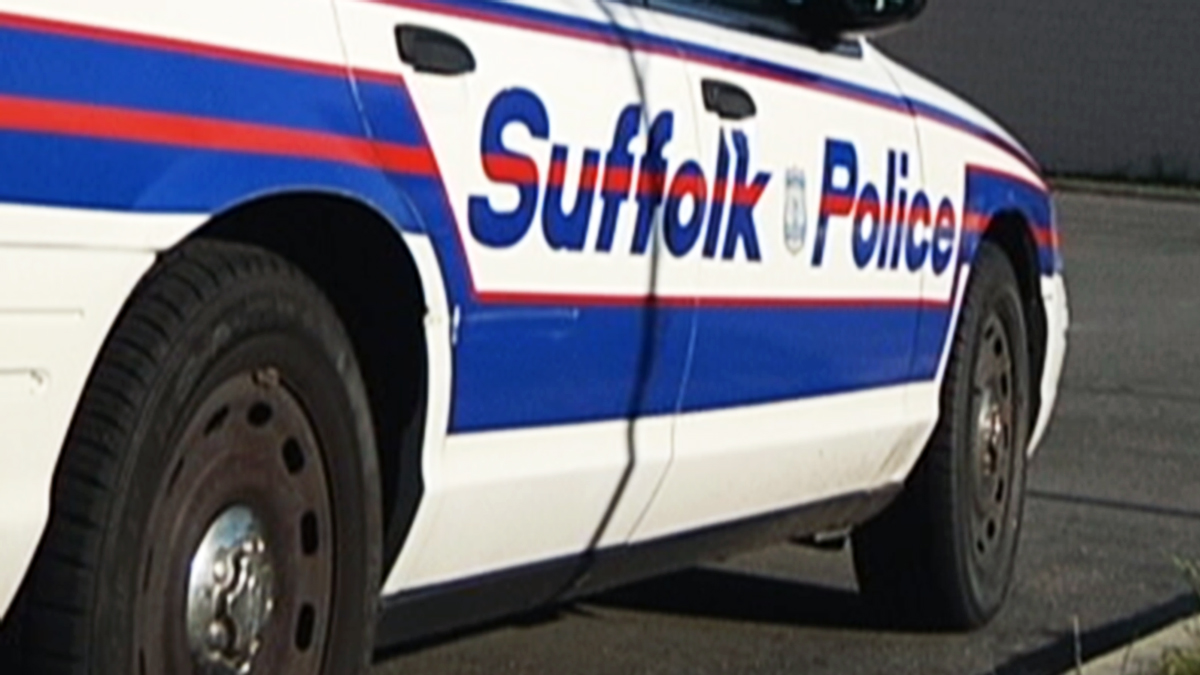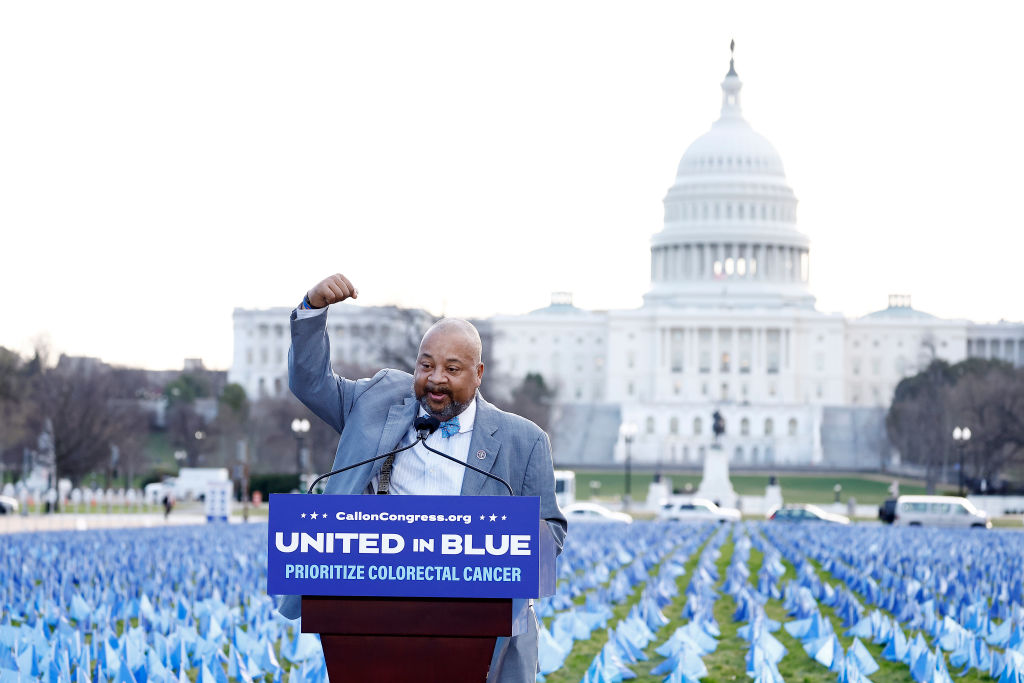What to Know
- Ozone health advisory for Wednesday for the Long Island and New York City metropolitan regions
- The advisory is in effect 11 a.m. to 11 p.m. Wednesday
- Summer heat can lead to the formation of ground-level ozone, a major component of photochemical smog, officials say
The New York State Department of Environmental Conservation and the Department of Health issued an ozone health advisory for Wednesday for the Long Island and New York City metropolitan regions.
The advisory is in effect 11 a.m. to 11 p.m. Wednesday for Region 1 Long Island, which includes Nassau and Suffolk counties as well as Region 2 New York City Metro, which includes New York City, Rockland and Westchester counties.
The Department of Environmental Conservation (DEC) and the Department of Health (DOH) issue Air Quality Health Advisories when DEC meteorologists predict levels of pollution, either ozone or fine particulate matter are expected to exceed an Air Quality Index (AQI) value of 100.
The AQI was created as an easy way to correlate levels of different pollutants to one scale, with a higher AQI value indicating a greater health concern.
Ozone levels are often elevated after noon through early evening on hot, sunny days.
Summer heat can lead to the formation of ground-level ozone, a major component of photochemical smog, officials say.
Local
Automobile exhaust and out-of-state emission sources are the primary sources of ground-level ozone and are the most serious air pollution problems in the northeast, according to officials, who add that this surface pollutant should not be confused with the protective layer of ozone in the upper atmosphere.
People, especially young children, those who exercise outdoors, those involved in vigorous outdoor work and those who have respiratory disease, such as asthma, should consider limiting outdoor physical activity when ozone levels are the highest, which tend to be in the afternoon to early evening hours, officials say.
Suffolk County Health Commissioner Dr. James Tomarken advises that all residents, especially young children, seniors, those who exercise or are involved in strenuous outdoor work and those with pre-existing respiratory or heart problems, to limit strenuous outdoor activity.
Officials urge New Yorkers to take the following energy-saving and pollution-reducing steps:
- use mass transit or carpool instead of driving, since vehicle emissions account for about 60 percent of pollution in our cities;
- conserve fuel and reduce exhaust emissions by combining necessary motor vehicle trips;
- turn off all lights and electrical appliances in unoccupied areas;
- use fans to circulate air. If air conditioning is necessary, set thermostats at 78 degrees;
- close the blinds and shades to limit heat build-up and to preserve cooled air;
- limit use of household appliances. If necessary, run the appliances at off-peak hours (after 7 p.m.). This includes dishwashers, dryers, pool pumps and water heaters;
- set refrigerators and freezers at more efficient temperatures;
- purchase and install energy efficient lighting and appliances with the Energy Star label; and
- reduce or eliminate outdoor burning and attempt to minimize indoor sources of PM 2.5 such as smoking.



